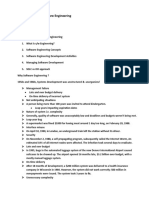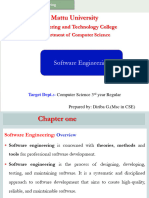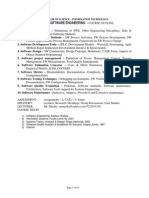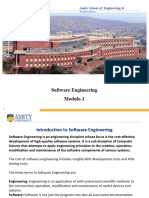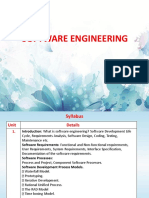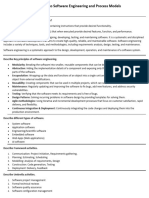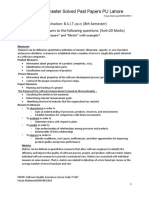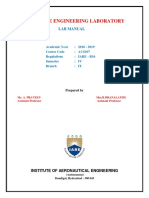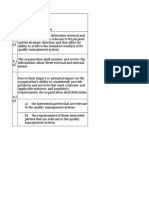0% found this document useful (0 votes)
82 views70 pagesChapter 1 Overview of Software Engineering CS
This document provides an overview of software engineering. It defines software and software engineering, noting that software engineering applies scientific principles to the development of software products. The document discusses key challenges in software engineering like maintaining legacy systems. It also covers two views of software development: traditional and object-oriented approaches. Finally, it introduces software development process models and life cycles, explaining common phases like planning, design, development, and testing.
Uploaded by
Ayano BoresaCopyright
© © All Rights Reserved
We take content rights seriously. If you suspect this is your content, claim it here.
Available Formats
Download as PPTX, PDF, TXT or read online on Scribd
0% found this document useful (0 votes)
82 views70 pagesChapter 1 Overview of Software Engineering CS
This document provides an overview of software engineering. It defines software and software engineering, noting that software engineering applies scientific principles to the development of software products. The document discusses key challenges in software engineering like maintaining legacy systems. It also covers two views of software development: traditional and object-oriented approaches. Finally, it introduces software development process models and life cycles, explaining common phases like planning, design, development, and testing.
Uploaded by
Ayano BoresaCopyright
© © All Rights Reserved
We take content rights seriously. If you suspect this is your content, claim it here.
Available Formats
Download as PPTX, PDF, TXT or read online on Scribd
/ 70



